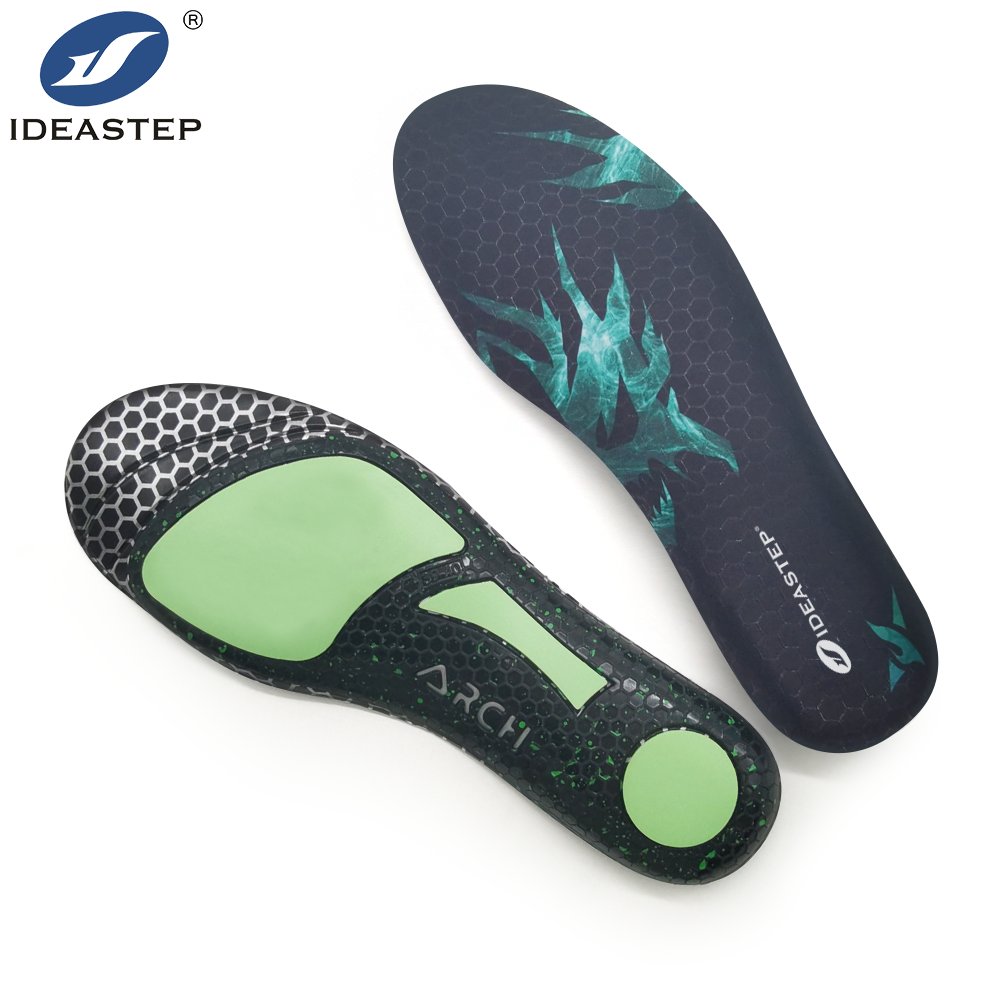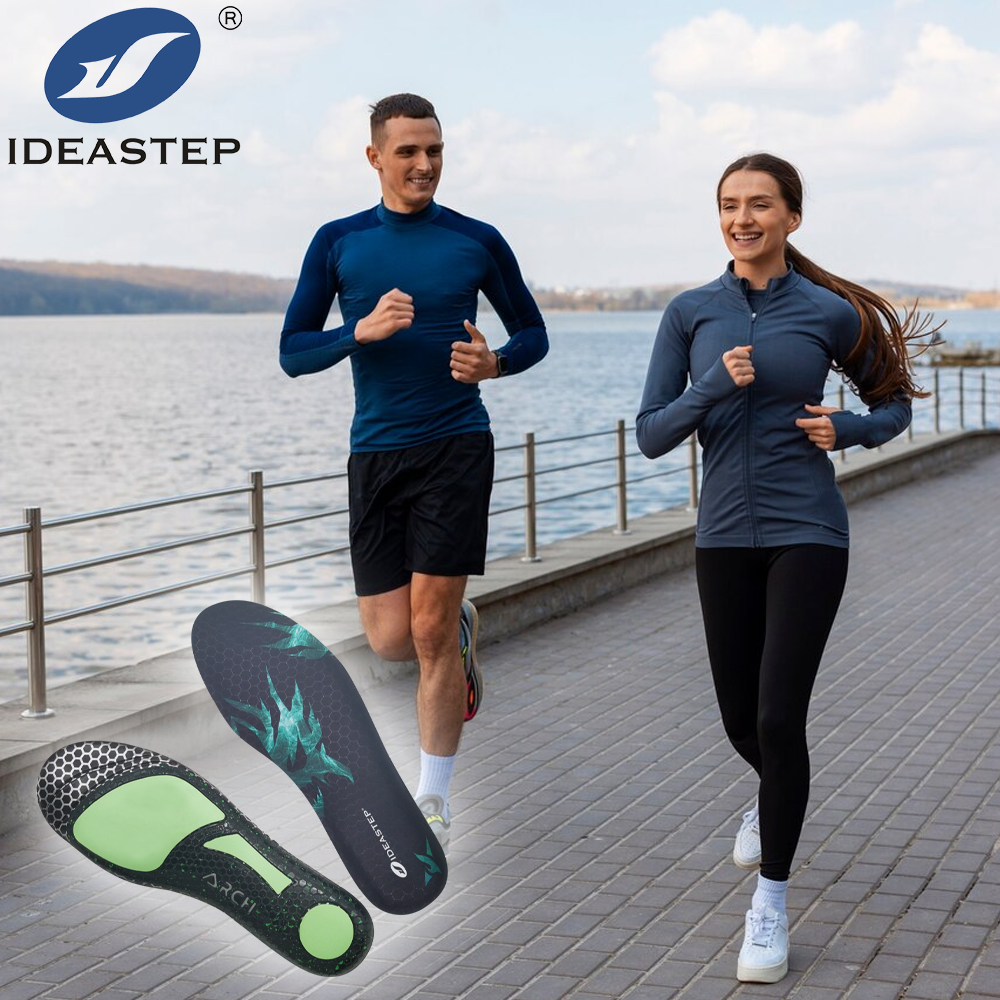Essential Features to Look for in Sport Insoles
Finding the right pair of sports insoles will surely help enhance your performance and increase your comfort whenever you’re engaging in physical activities. Whether you run marathons, engage in soccer, or workout in the gym, the right insoles provide a great deal of support and protection for all the physical exercises you may be engaging in. This guide will help you with critical aspects that you should mind before buying sports insoles to ensure you outdo limits and boost your athletic experience.
1. Arch Support
Some of the most crucial components in sport-use insoles are arch supports. Proper arch support equally distributes your foot pressure, thus reducing the risks of injuries like plantar fasciitis and shin splints. Check out insoles that offer great support for a high arch, flat feet, or a neutral arch type. Customizable or orthotic-friendly insoles can provide tailored support to match your unique foot structure.

2. Cushioning and Shock Absorption
Cushioning is very important, especially in absorbing impact from high-impact activities and the resultant stress that would otherwise be felt in your joints. Insoles with innovative cushioning materials, such as gel, foam, or EVA (Ethylene Vinyl Acetate), bring excellent shock absorption and comfort. Sports that include a lot of running or jumping mean that extra cushioning in the heel and forefoot regions will bring extra protection and reduce fatigue.
3. Breathability and Moisture Management
The feet produce a lot of sweat during exercises, which results in discomfort and fungal growth. Choose a sports insole that has porous material and moisture management. Sweating is kept to a minimum, with your feet enjoying dryness and comfort at all times. Mesh fabrics, antimicrobial treatments, and moisture-wicking liners are available to manage sweat and help maintain hygiene within your shoe.

4. Fit and Customization
Proper fit is key to sport insoles working as they should. In other words, the insoles should fit snugly into the footwear and should not cause any irritation or moving around. Most insoles come with trimming guides or are available in several sizes to ensure a good match. Custom-made insoles designed by a podiatrist can also meet any athlete’s specific needs, providing personalized support and comfort that meets the intricacies of your feet.
5. Durability
Sport insoles are under a lot of stress during physical activities, so durability is a key feature. Look for insoles made of high-quality materials that can withstand use and maintain their form. High-density foam and reinforced areas ensure durability and long-lasting performance.
6. Impact on Fit of Footwear
Consider how the insoles will affect the fit of your shoes. Insoles that are too thick may make the shoe feel tight, while those that are too thin might not provide the support you need. Ensure the insoles complement your shoes and do not interfere with your natural gait.

7. Alignment and Posture Support
Good sport insoles can help with overall body alignment and posture. Well-designed insoles provide proper arch support and cushioning, which helps ensure that your feet, ankles, knees, and hips are aligned correctly. This can prevent misalignments and reduce the risk of injuries caused by poor posture.
8. Easy to Maintain
Insoles should be easy to clean and maintain. Opt for insoles that are machine-washable or have removable covers that can be cleaned regularly. This ensures your insoles remain fresh and hygienic, enhancing their longevity and function.

FAQ
Q: What type of sport insole is best for running?
A: For running, look for insoles that provide good cushioning and are effective in shock absorption, especially at the heel and forefoot. Insoles with good arch support and made from breathable material are likely to enhance comfort and performance.
Q: Can sport insoles be used in any type of shoe?
A: Sport insoles can generally be used in various types of athletic footwear, provided they fit well without modifying the existing fit of your shoe. Custom insoles or those with trim-to-fit designs offer greater flexibility.
Q: How often should I replace my sport insoles?
A: The lifespan of sport insoles depends on their usage and the intensity of your activities. Generally, it’s advisable to replace them every 6 to 12 months, or sooner if you notice signs of wear and reduced support.
Q: Are custom sport insoles worth the investment?
A: Custom sport insoles can be a worthwhile investment for individuals with specific foot issues or those seeking personalized support. They offer tailored comfort and can address needs that off-the-shelf insoles might not meet adequately.
Consider these essential features to ensure that your chosen sport insoles provide the support, comfort, and performance you need. The right insoles can make a significant difference, whether you’re an elite athlete or a general fitness enthusiast.
